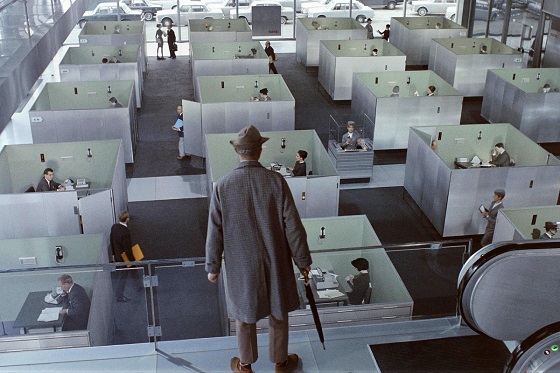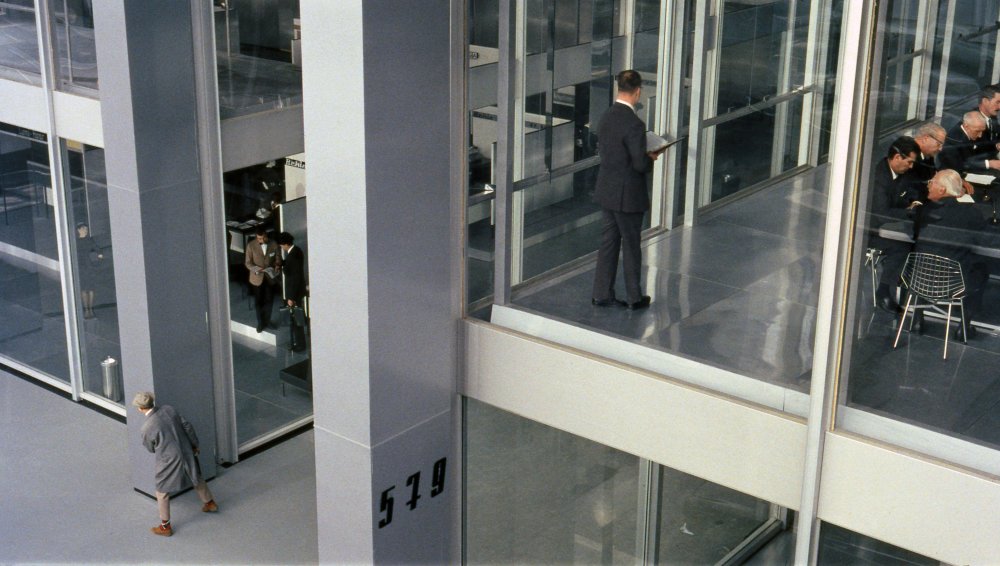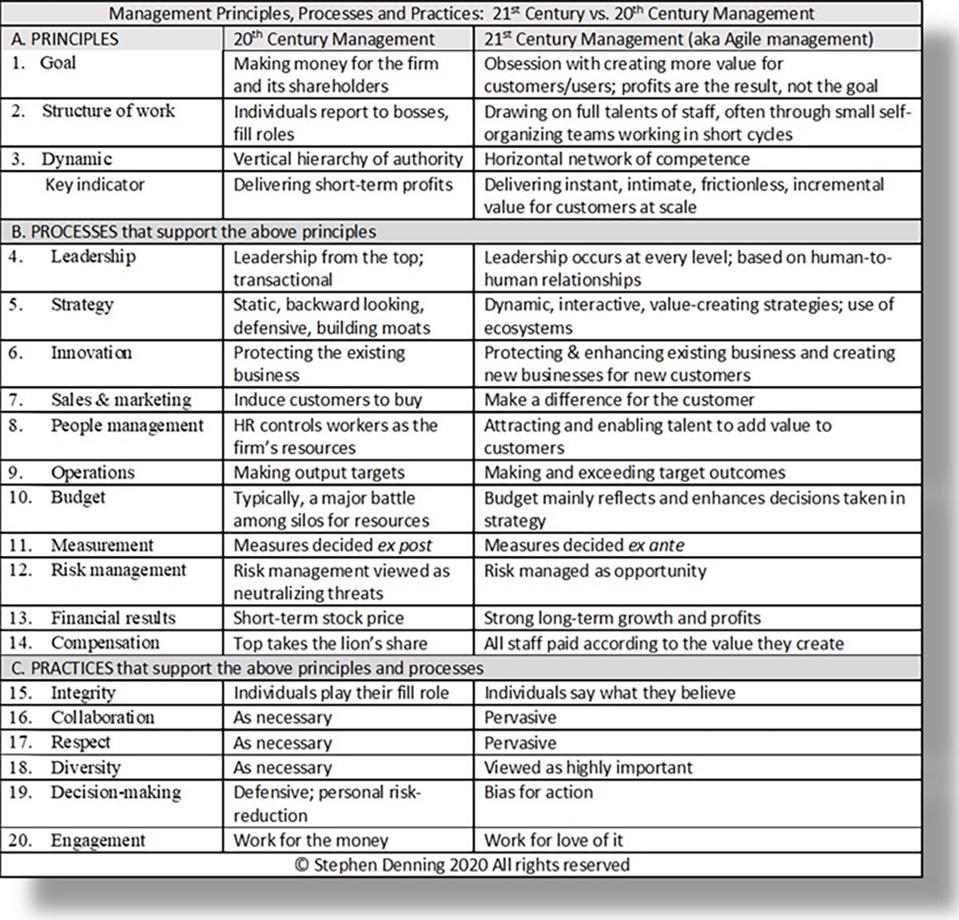“Even though 20th Century management is a coherent and consistent way of running a company, it is an increasingly poor fit with today’s fast-moving customer-driven marketplace. It has difficulty changing direction, and lacks agility.” Stephen Denning

20th Century Management
↘ Leadership is inevitably transactional rather than transformational: it has to resort to carrots and sticks, rather than inspiration.
↘ Strategy inevitably turns into “coping with competition”, as Michael Porter wrote in both 1979 and 2008; it is defensive and aimed at building moats against competitors.
↘ Innovation slides into enhancing existing products and services, because generating truly innovative products and services is risky, and may threaten the existing marketing hierarchy.
↘ Sales and marketing are devoted to maximizing profits by inducing customers to buy the firm’s current products and services.
↘ Since the staff tend to be disengaged, HR necessarily involves controlling them as resources; Workforce creativity and risk-taking are not systematically valued.
↘ The annual budget often turns into a battle for resources among the organizational silos that are generated by the vertical hierarchy of authority.
↘ The financial focus of the firm is on short-term share value, and compensation is heavily skewed towards the top.
Creating 21st Century Management Processes
Increasingly, organizations around the world discover that the processes that they had inherited from 20th century management—leadership, strategy, innovation, HR, and so on— are at odds with their very different principles. So they start to reinvent the processes for the new set of principles:
· Leadership, instead of being transactional and manipulative, becomes something that occurs at every level and is based on human to human relationships.
· Strategy instead being backward looking, and focused on coping with competition, is dynamic and future looking.
· Innovation, instead of being limited to keeping up with the competition, starts creating new businesses that reach new customers.

Looking around corners.
Agile Management: principles, processes & practices
A simple way to find out whether your company is organized according to these new principles of Management 2.0, just tick the assertions that apply to your organization and add up the total:

Photos : Playtime, Jacques Tati, 1967
Text extracts from:
“Ten Reasons Why Big Firms Stick With Obsolete Management”
by Steve Denning, Forbes, Oct 11, 2020
“What 21st Century Management Looks Like”
by Steve Denning, Sep 20, 2020
